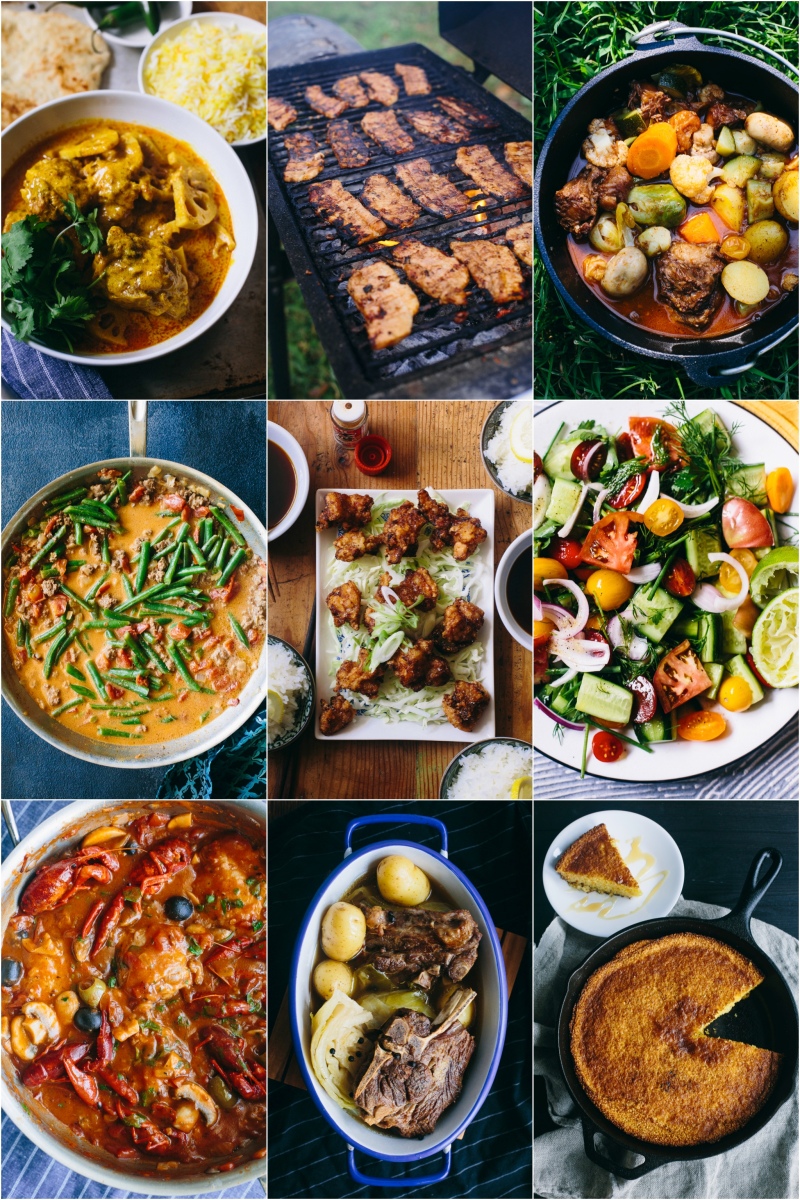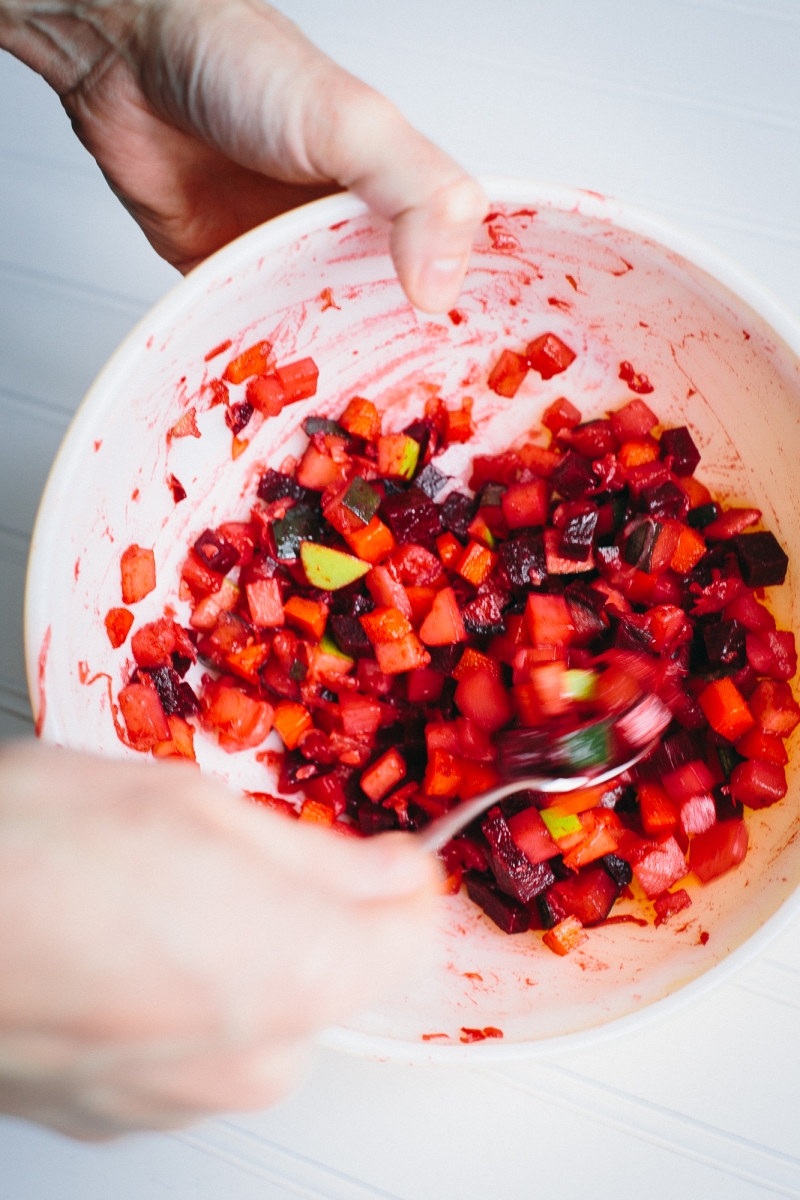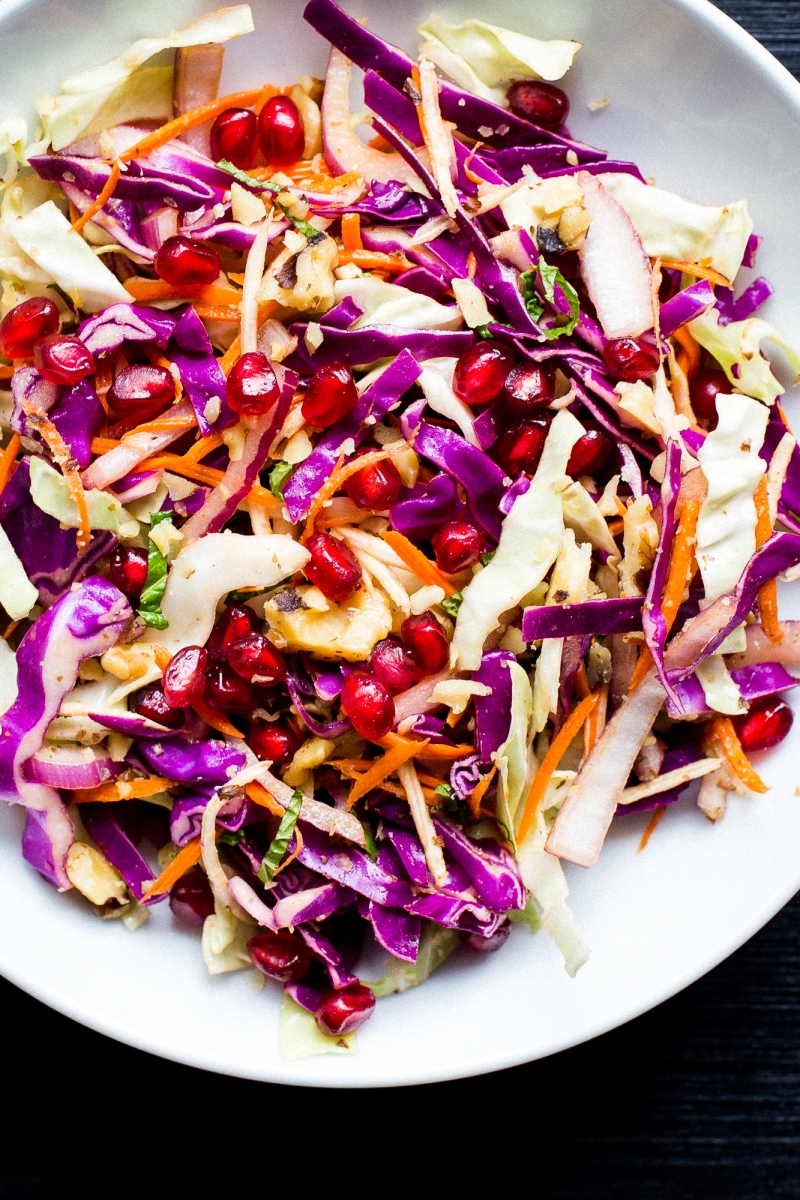
2017 has been quite a year, eh? We saw everything from a solar eclipse (estimated to have caused nearly $700 million in lost productivity), to the reveal of Chipotle queso (too grainy for my tastes) and the popularization of “unicorn” food items (yikes).
On a personal note, my family move from Florida to Virginia, and I’ve spent nearly every spare moment working on my new cookbook. I started a new assignment in the Navy, which will have me traveling quite a bit over the next couple of years; an exciting opportunity to eat my way around the globe.
Here on The Domestic Man, I released about 50 new recipes, bringing the site’s total recipe count to nearly 500. Some of the dishes were brand new inventions or favorites from my previous cookbooks, but most came from recipes I’m testing for the next book – a small preview of what’s to come. I’m really proud of this year’s crop of dishes, but I wanted to take a moment and highlight a few of my favorites. So without any further ado, let’s dig in.









